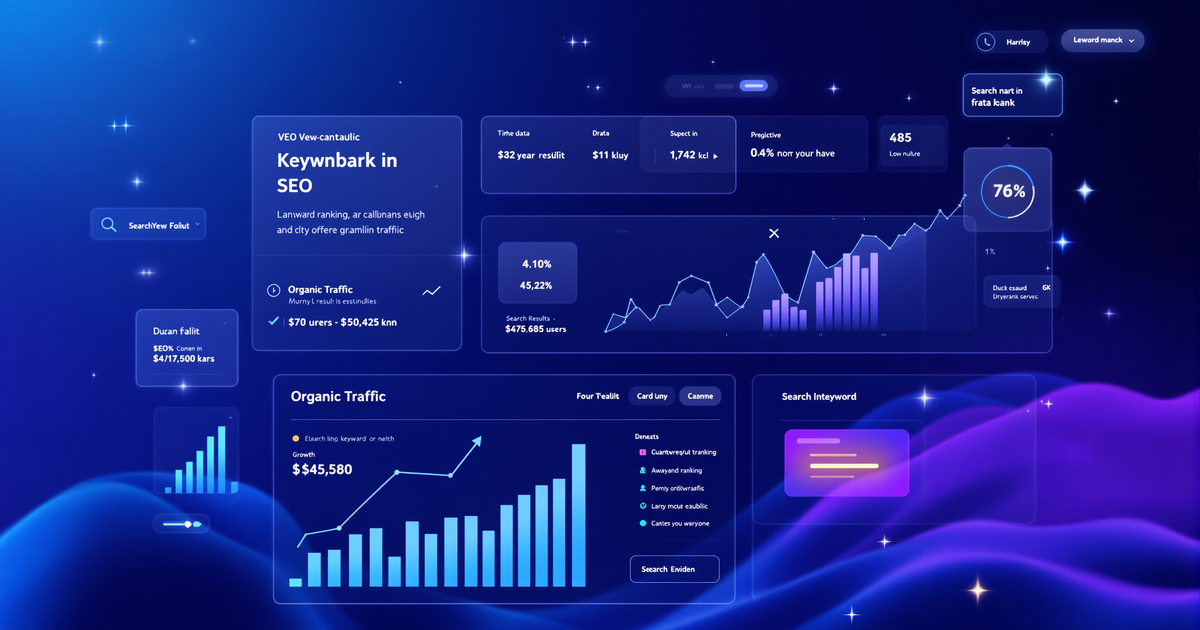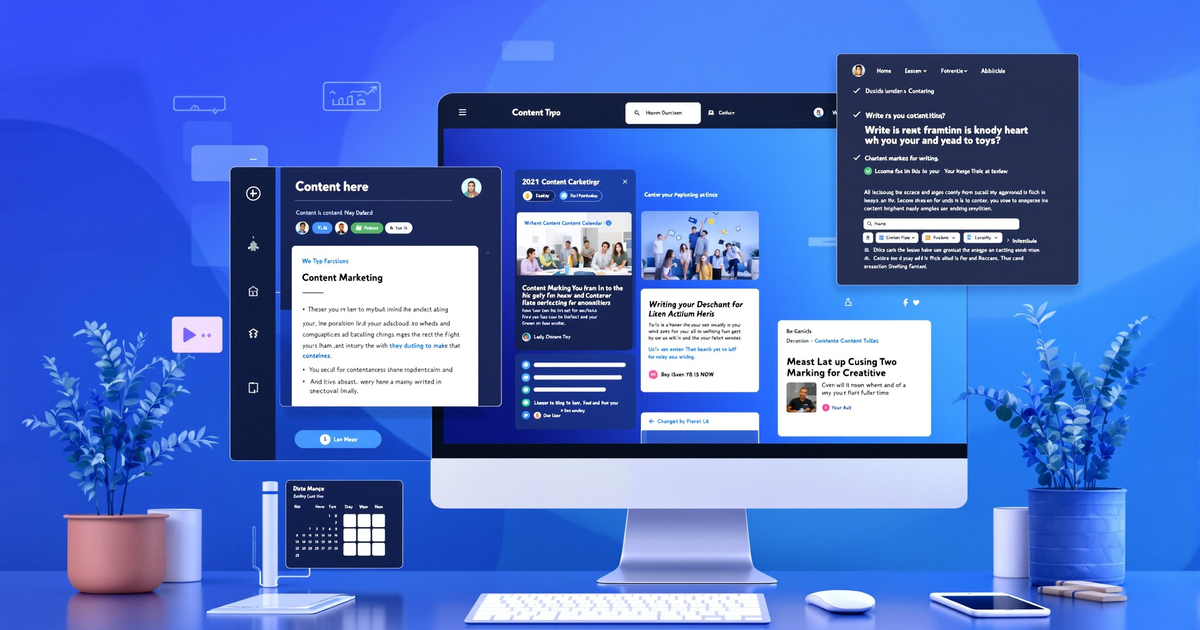Did you know that 63% of marketers say their biggest challenge in 2025 is keeping up with fast-changing audience behaviors? In today’s digital world, understanding your audience isn’t just a competitive advantage—it’s your marketing lifeline. Whether you’re a business owner, marketer, or entrepreneur, mastering audience profiling strategies is essential for winning attention, driving growth, and maximizing every dollar spent.
Why Audience Profiling Is Mission-Critical in 2025
Audience profiling is the process of gathering, segmenting, and analyzing data to create detailed, actionable representations of your ideal customers. With privacy regulations tightening and consumer behaviors shifting across platforms, relying on gut instinct is no longer enough. Consequently, you need data-backed strategies that reveal:
- Who your customers are
- What they care about
- Where they spend their time online
- How they make buying decisions
Ultimately, the brands that truly understand their audiences are the ones that cut through the noise, personalize at scale, and achieve better ROI on every campaign.
The Big Shift: What’s Changed in Audience Profiling for 2025?
- AI and Machine Learning: Predictive algorithms spot emerging trends and micro-segments faster than ever.
- Privacy-First Data: With new regulations, marketers must find ethical, consent-driven ways to gather insights.
- Omnichannel Behavior Tracking: Consumers jump between social, email, and web—profiling must capture the full journey.
- Community and Influence: Peer recommendations and micro-influencer circles have outsized impact.
8-Step Blueprint: How to Build a Winning Audience Profile in 2025
1. Define Your Goals
First, clarify what you want to learn. Are you aiming to boost engagement, launch a new product, or optimize ad spend? Every profiling effort should support a specific business objective.
2. Identify Your Audience
Go beyond basic demographics. For instance, you should combine:
- Age, gender, income, location
- Interests, values, lifestyles
- Challenges and buying motivations
Example: A mid-range fashion brand might profile women aged 18–35, urban dwellers, who value style, self-expression, and sustainability—and are highly active on Instagram and TikTok.
3. Leverage the Right Tools
Next, use a mix of quantitative and qualitative data sources:
- Google Analytics (site behavior)
- Social media insights (platform-specific engagement)
- Surveys and polls (direct feedback)
- Keyword research tools (search intent)
- CRM and purchase data
Pro Tip: QR codes can drive customers directly to surveys, making feedback frictionless.
4. Engage Directly With Your Audience
Data tells part of the story, but direct interaction uncovers the why behind the numbers. Therefore, you should try:
- Customer interviews
- Focus groups
- Social listening on platforms where your audience is most active
This reveals emotional motivators, pain points, and unmet needs.
5. Monitor Competitor Audiences
Don’t stop at your own data. In fact, you should study competitor campaigns, social comments, and reviews to spot:
- Gaps in their strategy
- Unmet needs you can address
- Opportunities for differentiation
This competitive intelligence can inspire new ways to stand out.
6. Segment Your Audience for Precision Targeting
Break your audience into smaller, actionable groups using:
- Demographics (age, location, education)
- Psychographics (interests, values)
- Behaviors (purchase patterns, engagement)
- Technographics (device/platform use)
- Transactional history
Table: Key Segmentation Types and Examples
| Segmentation Type | Description | Example |
|---|---|---|
| Demographic | Age, gender, income, education | Targeting millennials in urban areas |
| Psychographic | Interests, values, lifestyles | Eco-conscious shoppers |
| Behavioral | Purchase frequency, engagement | Loyal repeat buyers |
| Technographic | Device, OS, platform preferences | iOS users active on Instagram |
| Transactional | Purchase history, average order value | High spenders vs. first-time buyers |
Ethical Tip: Consider letting users self-select interests via short surveys or signup forms—this boosts engagement and respects privacy.
7. Analyze and Apply Your Insights
Look for actionable patterns. For example:
- Which segments engage most with which channels?
- What content formats drive conversions?
- Where do drop-offs occur in the customer journey?
Then, map these insights to tailored messaging, offers, and user experiences.
8. Test, Measure, and Refine
Audience behaviors change constantly. Because of this, you must run A/B tests on creative, offers, and messaging. Monitor performance, gather feedback, and adjust your segments and strategies regularly.
Real-World Example: Profiling a Fashion Brand in 2025
A women’s fashion brand specializing in casual wear could:
- Profile customers as style-conscious, sustainability-minded women aged 18–35 in major metros.
- Engage them through Instagram polls, TikTok hashtag challenges, and email surveys.
- Analyze Instagram Stories engagement to spot trending styles.
- Segment by micro-influencer followings, creating campaigns with rising social stars.
- Use A/B testing on collection launches to refine messaging by segment.
Result? Higher engagement, more authentic brand advocates, and improved conversion rates.
The Role of Social Media Demographics in 2025
Social platforms continue to fragment by age, interest, and use case. For example:
- Gen Z dominates TikTok and Instagram Reels for discovery and trends.
- Millennials split time between Instagram and Facebook.
- LinkedIn remains key for B2B targeting.
Consequently, you must constantly update your profiles to reflect where your ideal customers spend their time—and how they want to engage.
Overcoming 2025’s Top Audience Profiling Challenges
- Data Privacy: Collect only what you need, use clear consent, and give users control over their data.
- Fragmented Journeys: Use omnichannel analytics to connect the dots across web, mobile, email, and social.
- Changing Behaviors: Set up regular check-ins—profiles should be living documents, not one-and-done.
Actionable Checklist: Your 2025 Audience Profiling Playbook
- Define clear business goals for profiling.
- Identify and update your target audience (demographics + psychographics).
- Use a mix of analytics, surveys, and direct engagement.
- Study competitors for new angles.
- Segment your audience for tailored campaigns.
- Map insights to messaging and offers.
- Test, measure, and iterate.
Ready to Supercharge Your Audience Strategy?
The brands winning in 2025 are those that treat audience profiling as an ongoing, data-driven process—combining advanced analytics with genuine human insight. As a result, they build stronger connections, higher loyalty, and unstoppable growth.
Find Out EXACTLY What’s Missing in Your Marketing Strategy!
Take your FREE 3-minute marketing assessment and get a custom growth plan from CDM Suite today!
Don’t let guesswork decide your next campaign. Harness the power of cutting-edge audience profiling strategies and position your brand for success in 2025 and beyond.


